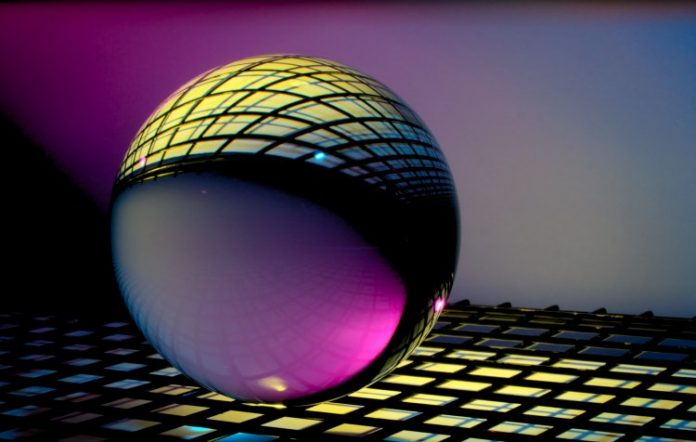Researchers have developed a tiny optical frequency comb, or microcomb, that uses two-mode squeezing to create unconditional entanglement between continuous optical fields. The miniature chip-based device lays the groundwork for mass production of deterministic quantum frequency combs that could be used for quantum computing, quantum metrology and quantum sensing.
Zijiao Yang from the University of Virginia, USA will present the research at the Frontiers in Optics + Laser Science Conference (FiO LS) all-virtual meeting, 01 – 04 November 2021. Yang’s presentation is scheduled for Tuesday, 02 November at 08:30 EDT (UTC – 04:00).
The new microcomb is designed for quantum information protocols based on continuous-variable entangled states which generates entangled states, or qumodes, for entire optical fields rather than single photons. There is great interest in this protocol because, unlike qubit-based methods, there is no requirement for single photons or special optical modulation.
“Unlike qubit approaches, continuous-variable approaches enable the number of entangled qumodes in a quantum state to be scaled up through frequency, time or spatial multiplexing without the need of quantum memory or the repeat-until-success strategies,” said Yang. “Our new microcomb could provide a scalable physical platform for continuous-variable quantum computing.”
The new quantum microcomb is generated in a 3-millimeter-diameter silica wedge microresonator with a 22 GHz free spectral range on a silicon chip with a single mode tapered fiber used as the coupling waveguide. It uses two-mode squeezing to create unconditional entanglement between continuous optical fields.
To test the new device, the researchers measured 20 qumode pairs created by the new microcomb. They found that the qumodes exhibited a maximum raw squeezing of 1.6 dB and maximum anti-squeezing of 6.5 dB. The raw squeezing is primarily limited by the 83% cavity escape efficiency, 1.7 dB optical loss and approximately 89% photodiode quantum efficiency. The researchers report a total efficiency after the tapered fiber of 60%. The squeezing measurements provide convincing evidence for quantum correlations among the qumodes, but the squeezing level needs to be further increased for quantum information processing applications.
The researchers say that the raw squeezing could be improved by reducing system losses, improving photodiode quantum efficiency and achieving higher resonator-waveguide escape efficiency.















